
streams

streams

streams

streams
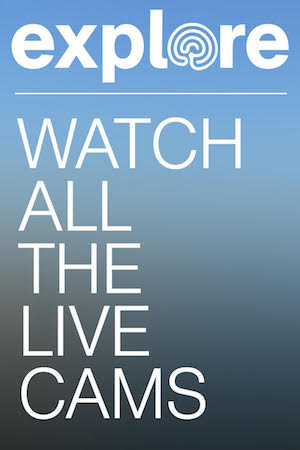
streams

streams

streams
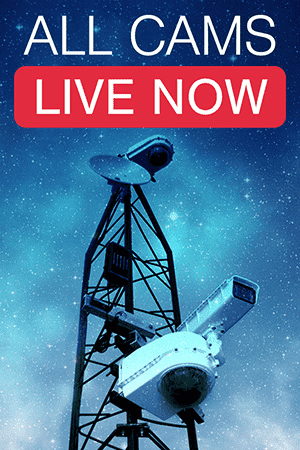
streams

streams

streams
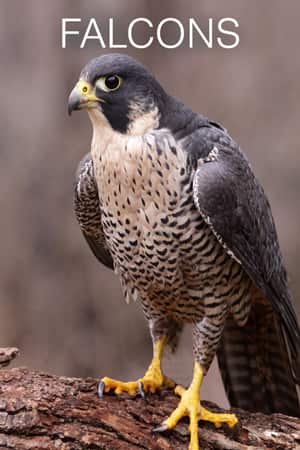
streams

streams

streams

streams

streams

streams
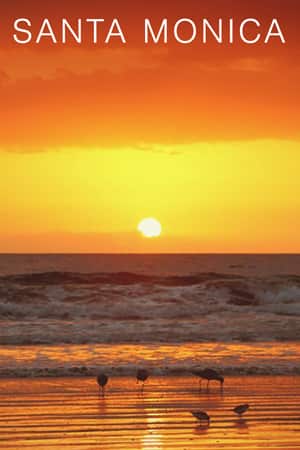
streams

streams

streams

streams

streams

streams

streams

streams
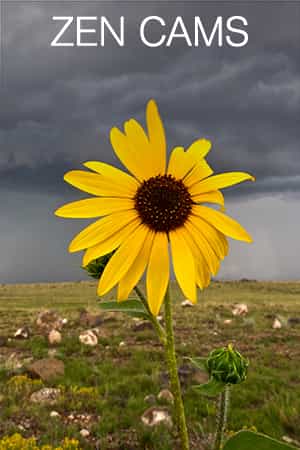
streams

streams

streams

streams

streams

streams

streams

streams

streams

streams

streams

streams
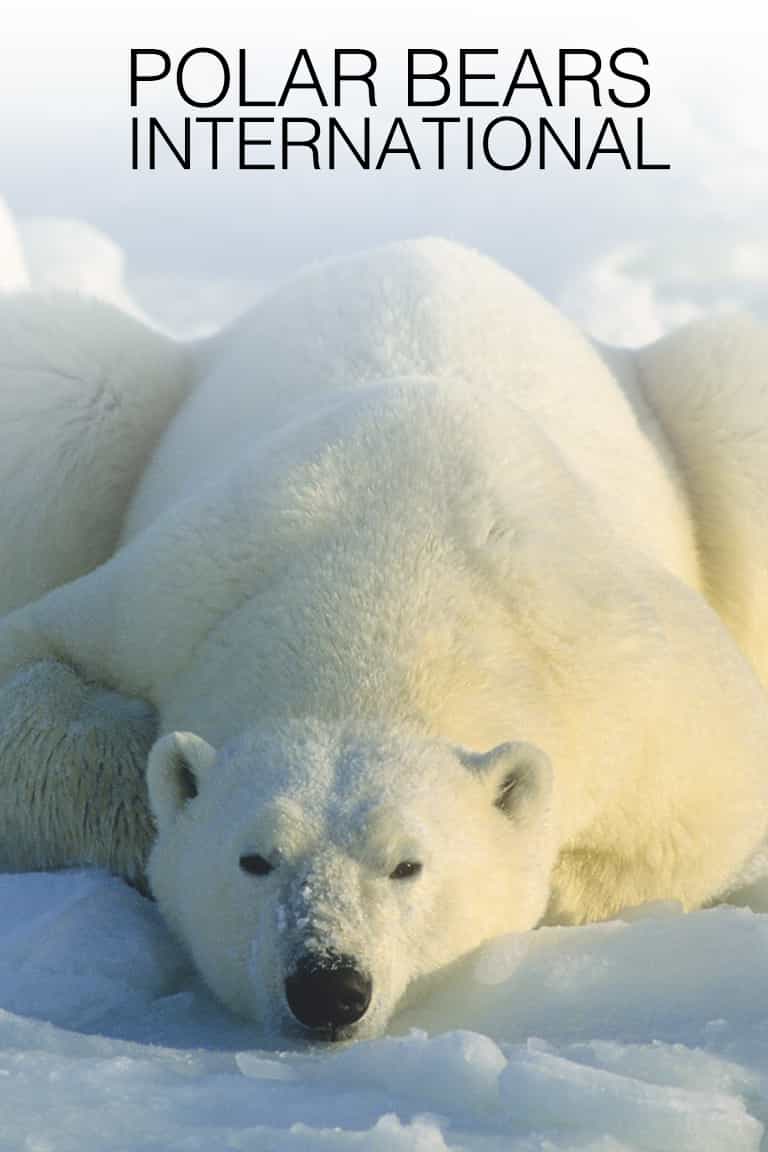
streams

streams
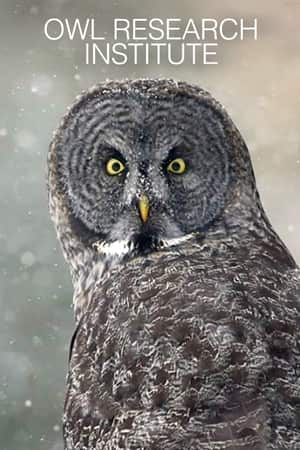
streams

streams

streams
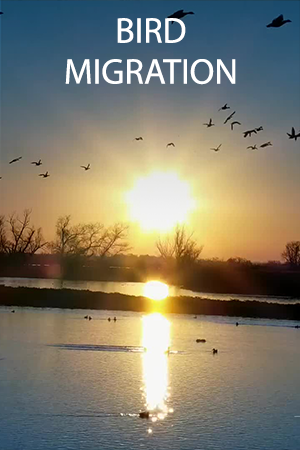
streams

streams
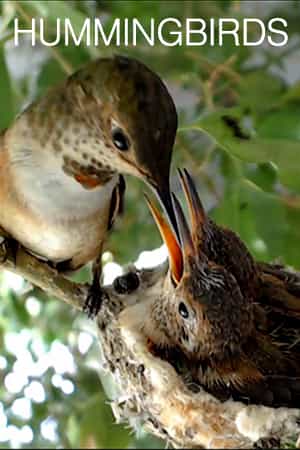
streams

streams

streams

streams
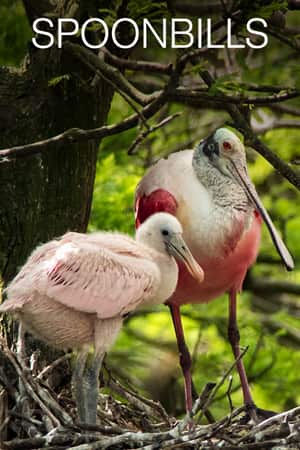
streams

streams

streams

streams
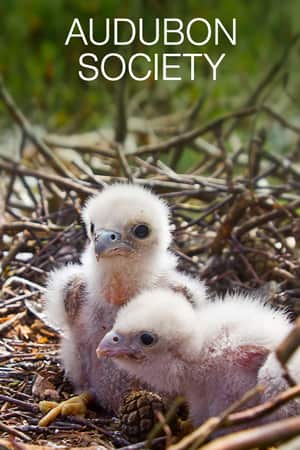
streams

streams

streams

streams

streams

streams
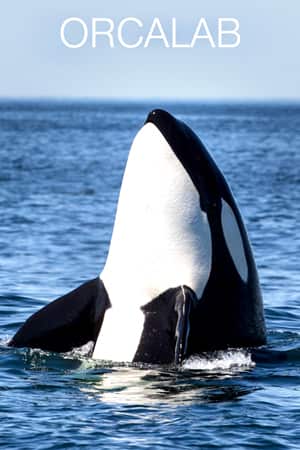
streams

streams

streams

streams

streams

streams

streams
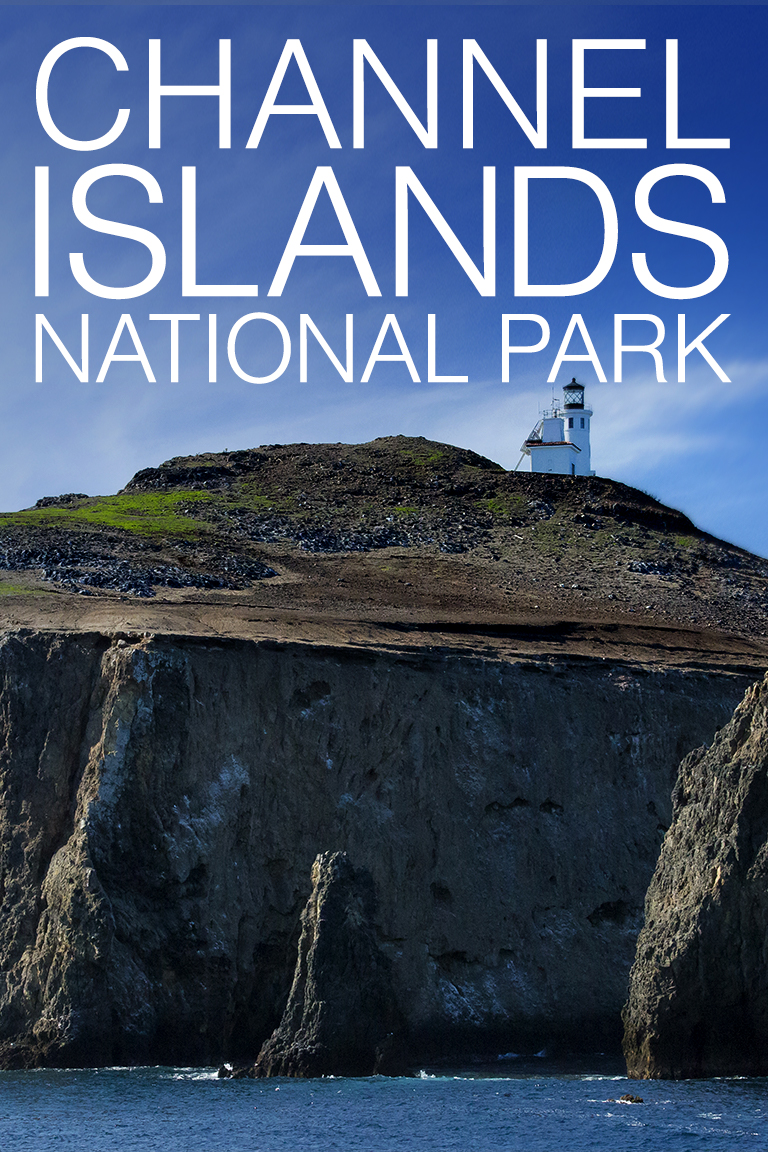
streams
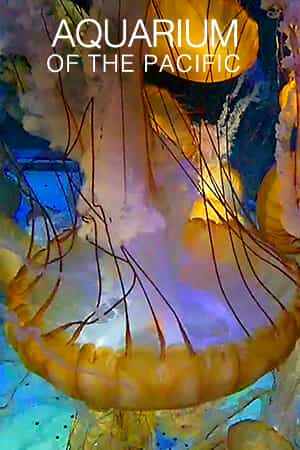
streams

streams

streams

streams

streams

streams

streams

streams

streams

streams

streams

streams

streams

streams

streams

streams

streams
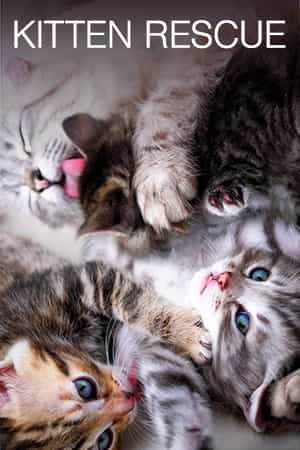
streams
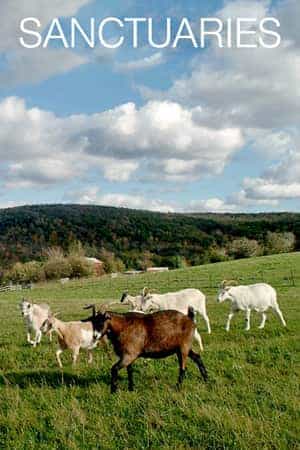
streams

streams

streams

streams

streams

streams
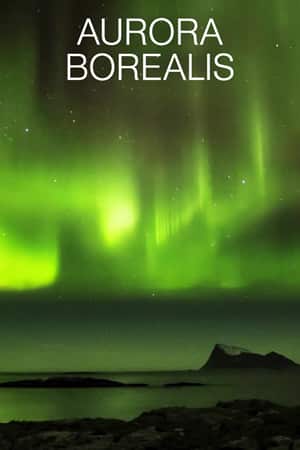
streams
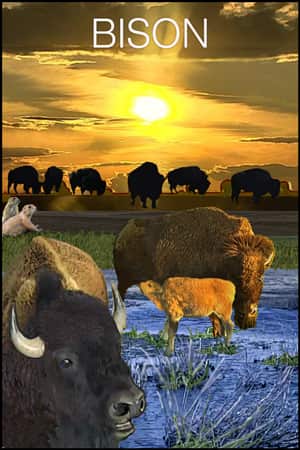
streams

streams

streams

streams

streams

streams

streams

streams

streams

streams

streams

streams

streams

streams

streams

streams

streams

streams

streams

streams

streams
Aurora Borealis - Northern Lights
Churchill, Manitoba, Canada(ctrl+alt+s)
- Favorite Cam
Information
Welcome to nature's most amazing light show. Located at the Churchill Northern Studies Center in Churchill, Manitoba, this live cam is located directly underneath the aurora oval--one of the best places on earth to watch the aurora borealis, the spectacular atmospheric phenomenon better known as the Northern Lights. Late winter and early spring are the best times for the aurora, so be sure to stop in during the months of February and March!
All Night
February 2012
Manitoba, Canada
Weather
- Prime Viewing
Partner
Made up of a small group of passionate conservationists, scientists, and volunteers, Polar Bears International exists to help secure a future for polar bears across the Arctic.
PBI's commitment to innovation, science, and technology fuels their day-to-day, but their hope sustains their vision. They persevere through the organization's inherent optimism. Collaborative by trait, they push to move beyond borders, silos, and bottom lines to prove the phenomenal impact we can have together as a global community.
Calendar
Blog
Q & A
What are the northern lights?
Northern lights is the common name for the aurora borealis, or a luminous display visible when the earth's magnetic fields interact with charged particles from the sun. These lights can be seen above both poles; the southern lights are called "aurora australis."
What causes the northern lights?
The sun emits various particles into our solar system, especially during solar flares. Some of these particles are electrically charged and blown in solar winds towards the earth. While most of the particles are deflected by the earth's natural magnetosphere, some of these particles enter earth's atmosphere at the poles, where the magnetosphere is weakest.
The northern lights are caused when these electrically charged particles collide with the oxygen and nitrogen in the earth's upper atmosphere. When many of these collisions occur at once, the oxygen and nitrogen emit enough light for the eye to detect. Most of the light comes from altitudes of 60-200 miles!
Why are the lights different colors?
The color of the aurora depends on whether it is oxygen or nitrogen colliding with the charged particles. Oxygen emits a greenish-yellow or sometimes a red light, while nitrogen typically gives off a blue light. The other colors visible in the aurora--purples, pinks, and whites--come from blends of oxygen and nitrogen.
Why are the northern lights only visible at night?
The aurora exists no matter what time of day, but it is is much dimmer than sunlight, so it cannot be observed during the daylight hours.
Do the northern lights occur year round?
The northern lights occur year round, but are better observed during the winter when the arctic is dark for most of the day and the sky is clear. Some winters are better than others for viewing the lights, as researchers have discovered that solar winds are cyclical.


